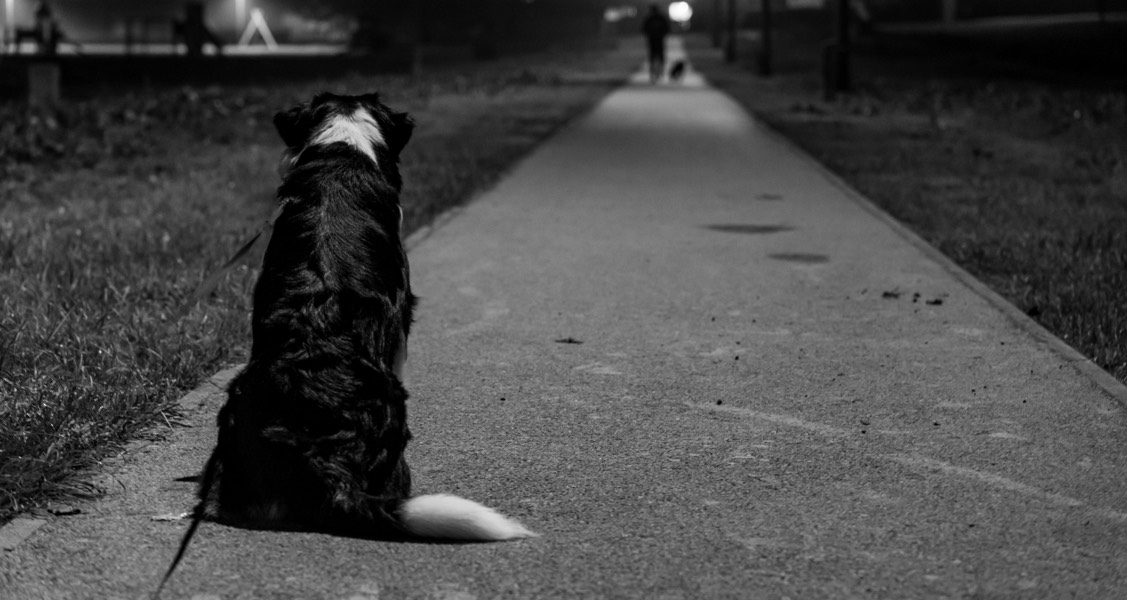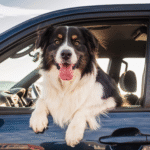Walking your dog at night can be a peaceful way to unwind after a busy day. However, reduced visibility and quiet streets present unique challenges that every dog owner must prepare for. From ensuring your dog is visible to others to staying alert to potential hazards, taking the right precautions can make nighttime walks safe and enjoyable for both you and your furry friend.
One of the most important pieces of gear for night walks is a durable dog leash. A strong and reliable leash provides better control, reducing the risk of accidents if your dog gets startled or tries to chase after something in the dark. Alongside using the right equipment, these tips will help you navigate the challenges of nighttime walking with confidence.
Use Reflective Gear for Visibility
Visibility is crucial when walking at night. Both you and your dog need to be seen by drivers, cyclists, and other pedestrians. Reflective gear helps ensure you’re visible even in poorly lit areas.
Essential Reflective Items:
- Reflective vests or jackets for both you and your dog.
- Reflective strips or stitching on your dog’s harness and leash.
- LED collar lights or clip-on lights to increase visibility from a distance.
Adding reflective gear to your nighttime routine is a simple way to prioritise safety.
Stick to Well-Lit Areas
Whenever possible, choose walking your dog on routes with good lighting. Streetlights, parks with path lighting, and well-travelled roads are safer options than dim or isolated areas.
Benefits of Well-Lit Routes:
- Improved visibility for you and your dog.
- Easier to spot potential hazards, such as uneven paths or stray animals.
- Increased likelihood of encountering other people, which enhances overall safety.
If you can’t avoid darker areas, carry a reliable torch to illuminate your path and alert others to your presence.
Keep Your Dog Close
At night, it’s especially important to keep your dog close to you to maintain control and avoid unexpected situations. Using a shorter leash or adjusting your grip can help.
Tips for Keeping Your Dog Close:
- Avoid using retractable leashes at night, as they can be difficult to manage in low light.
- Use a durable leash with a strong clasp to prevent it from breaking or slipping.
- Train your dog to walk by your side for added control and safety.
Keeping your dog close minimises the risk of them wandering into danger, such as traffic or overgrown areas.
Be Aware of Your Surroundings
Nighttime walks require heightened awareness of your surroundings. Pay attention to your dog’s behaviour, as they may sense something you can’t see or hear.
What to Look Out For:
- Stray animals or wildlife that could startle your dog.
- Unfamiliar noises or movements.
- Changes in your dog’s body language, such as stiffening or alertness.
Stay alert and trust your dog’s instincts while remaining calm and in control.
Protect Your Dog’s Paws
Cold temperatures, rough terrain, or broken glass are more challenging to spot at night. Protecting your dog’s paws ensures their comfort and safety.
Paw Protection Tips:
- Use paw balm to prevent dryness and cracking, especially in cold weather.
- Check your dog’s paws after each walk for debris, cuts, or signs of irritation.
- Consider using dog booties if walking in areas with harsh surfaces or extreme temperatures.
Taking care of your dog’s paws helps prevent injuries that can occur during nighttime walks.
Avoid Distractions
Distractions, such as checking your phone or wearing headphones, can reduce your awareness and reaction time. Stay focused to ensure your safety and your dog’s.
How to Stay Focused:
- Keep your phone in your pocket unless needed for navigation or emergencies.
- Avoid listening to music or podcasts that could block out important sounds.
- Regularly scan your surroundings for potential hazards.
Your full attention is your best tool for keeping nighttime walks safe.
Carry Essentials
Being prepared for unexpected situations is a must when walking at night. Carrying the right supplies ensures you’re ready to handle emergencies.
Nighttime Walk Essentials:
- A fully charged phone for navigation or emergency calls.
- Waste bags for cleaning up after your dog.
- A small first-aid kit for minor injuries.
- Treats to reward good behaviour or distract your dog from potential triggers.
Having these items on hand will give you peace of mind and make your walk smoother.
Plan Your Route
Planning your route in advance can help you avoid areas that may pose risks, such as busy intersections or construction zones. Familiarity with your path also reduces stress for both you and your dog.
Tips for Choosing the Best Route:
- Stick to routes you’ve walked before during the day.
- Avoid areas with heavy traffic or limited escape options.
- Share your planned route with someone at home if walking alone.
A well-planned route ensures you’re prepared for any challenges that may arise.
Watch for Signs of Fatigue or Stress
Pay close attention to your dog’s body language to ensure they’re comfortable during the walk. Signs of fatigue or stress may indicate it’s time to head home.
Signs to Watch For:
- Heavy panting or slowing down.
- Reluctance to continue walking.
- Nervous behaviours, such as whining or tail-tucking.
Respect your dog’s limits and adjust your walk as needed to keep them comfortable.
Trust Your Instincts
If something doesn’t feel right during your walk, trust your instincts and take action. Whether it’s crossing the street, changing your route, or heading home early, prioritise safety above all else.
Nighttime walks can be a serene and enjoyable way to bond with your dog. With the right precautions, such as using reflective gear, keeping your dog close, and staying aware of your surroundings, you can ensure that both you and your furry companion stay safe and secure.











